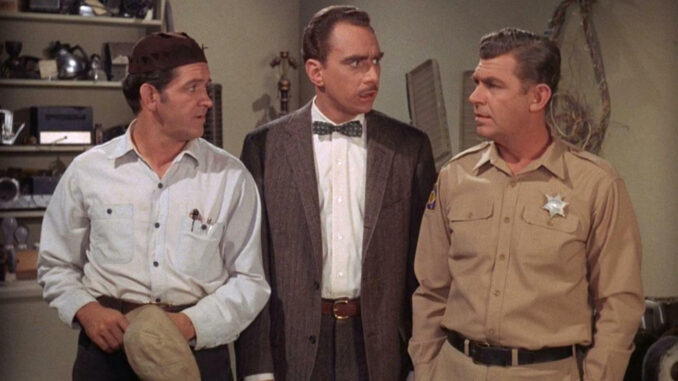
The Andy Griffith Show is a cornerstone of American television, celebrated for its humor, heart, and iconic characters. However, as someone who cherishes the series, I’ve come to realize that loving it doesn’t mean ignoring its flaws.
Mayberry’s appeal lies in its simplicity. The town’s quirky residents, gentle humor, and moral lessons create a world that feels like a sanctuary. Episodes often revolve around relatable conflicts resolved with wisdom and compassion, reinforcing values of kindness and integrity.
Yet, this simplicity also limits the show’s scope. The lack of racial diversity and engagement with social issues is a glaring omission, especially given the show’s setting during the 1960s. This absence creates a sanitized version of history that can feel disconnected from reality.

The portrayal of gender roles further complicates the show’s legacy. Women in Mayberry are often relegated to traditional roles, with limited agency or complexity. While characters like Aunt Bee and Helen Crump bring charm and strength, they rarely drive the narrative or challenge societal norms.
Despite these shortcomings, The Andy Griffith Show remains a source of comfort and joy. Its humor, warmth, and focus on community make it timeless. By viewing it through a critical lens, we can celebrate its achievements while recognizing the need for more inclusive storytelling in modern media.
